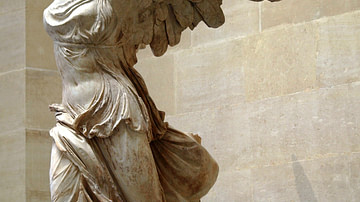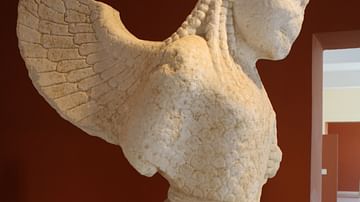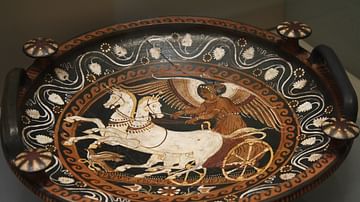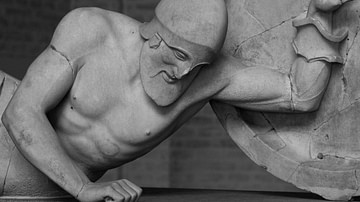Video
Cite This Work
APA Style
Smarthistory. (2014, April 04). Nike (Winged Victory) of Samothrace, c. 190 B.C.E.. World History Encyclopedia. Retrieved from https://www.worldhistory.org/video/182/nike-winged-victory-of-samothrace-c-190-bce/
Chicago Style
Smarthistory. "Nike (Winged Victory) of Samothrace, c. 190 B.C.E.." World History Encyclopedia. Last modified April 04, 2014. https://www.worldhistory.org/video/182/nike-winged-victory-of-samothrace-c-190-bce/.
MLA Style
Smarthistory. "Nike (Winged Victory) of Samothrace, c. 190 B.C.E.." World History Encyclopedia. World History Encyclopedia, 04 Apr 2014. Web. 13 Apr 2025.





